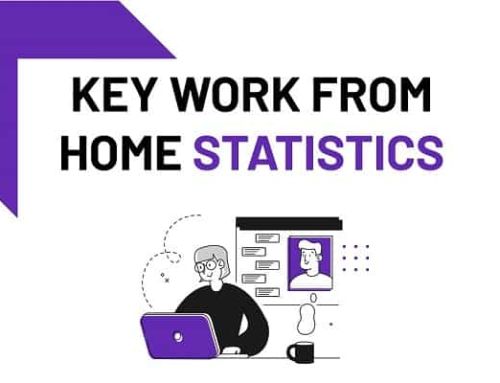Progress is essential if companies and their employees are to thrive in today’s business environment. Of course, there are advantages to maintaining a strong, consistent team over a period of time, but a bit of give and take within that team can help to keep everyone on their toes and working towards fulfilling their potential. Any employee that gets stuck too long in the same position is bound to become stale; as humans, we need to be challenged, to constantly improve ourselves, and to feel that we are moving forward.
Creating a culture of advancement can mean using your position of responsibility to encourage and aid colleagues in taking the next step in their careers, whether that’s within your business or elsewhere.
One particular area that is often overlooked in these days of LinkedIn, constant networking, and “it’s who you know” culture, is that the plain facts of a person’s achievements and qualifications on an old-fashioned résumé is still an important – essential, even – tool for career assessment and advancement. But squeezing your old graduate résumé into a Word CV template and converting it to pdf is not enough to make it a winner. Crafting a useful, effective résumé requires industry insight and attention to detail like any other professional task.
Opening with a summary statement is a great way to begin. It helps the applicant to find their focus, and the recruiter to get a picture of the applicant’s trajectory. One line each on who you are, where you’re going and the special value you can bring to the position, is plenty to fit at the top of your résumé.
From there on, it’s a matter of science: this infographic reveals just how precise it is possible to be when trying to get your key attributes noticed by a boss or recruiter. Share it with your team to help them get their careers in perspective, and to think about how you can all move forward together to create a stronger business.






Leave A Comment